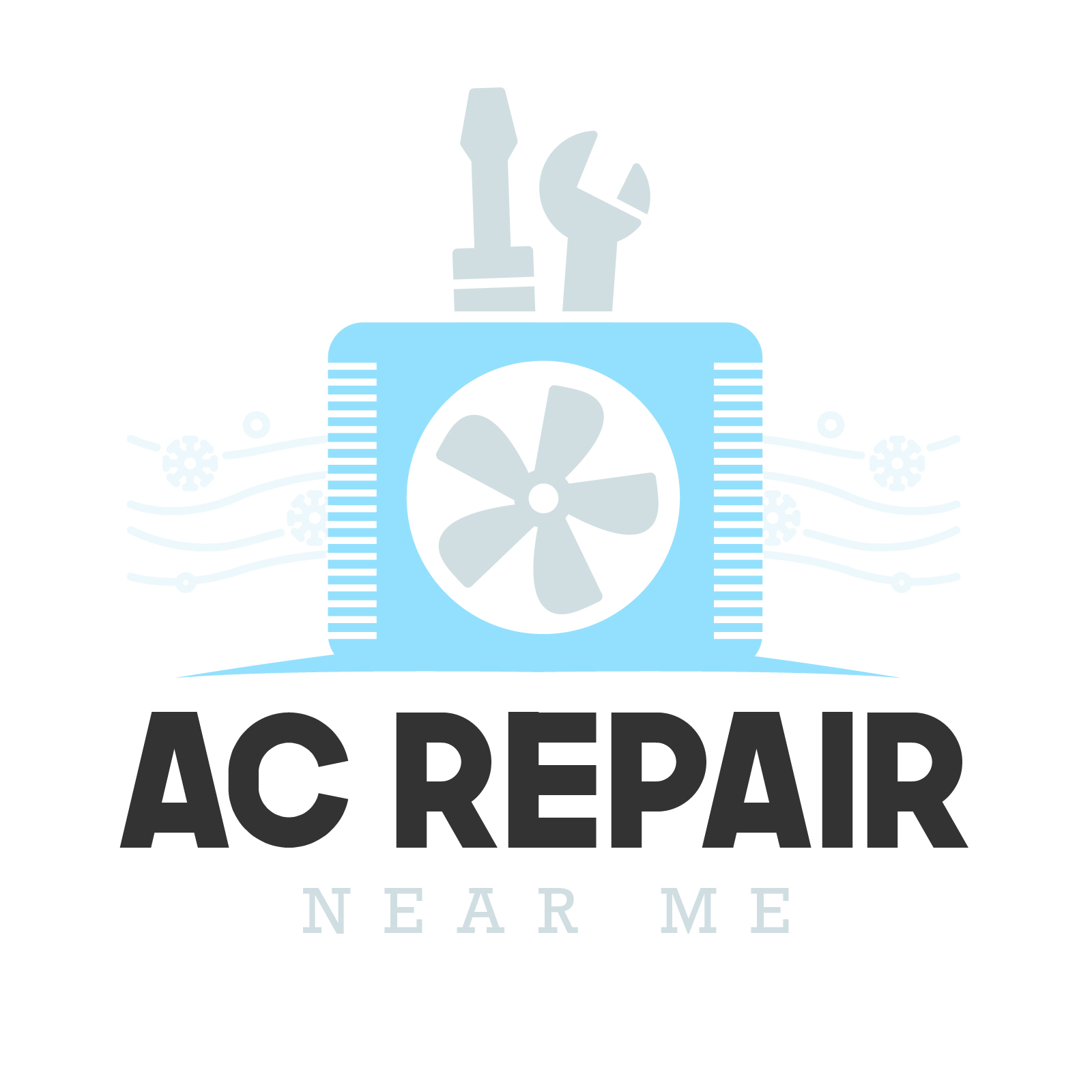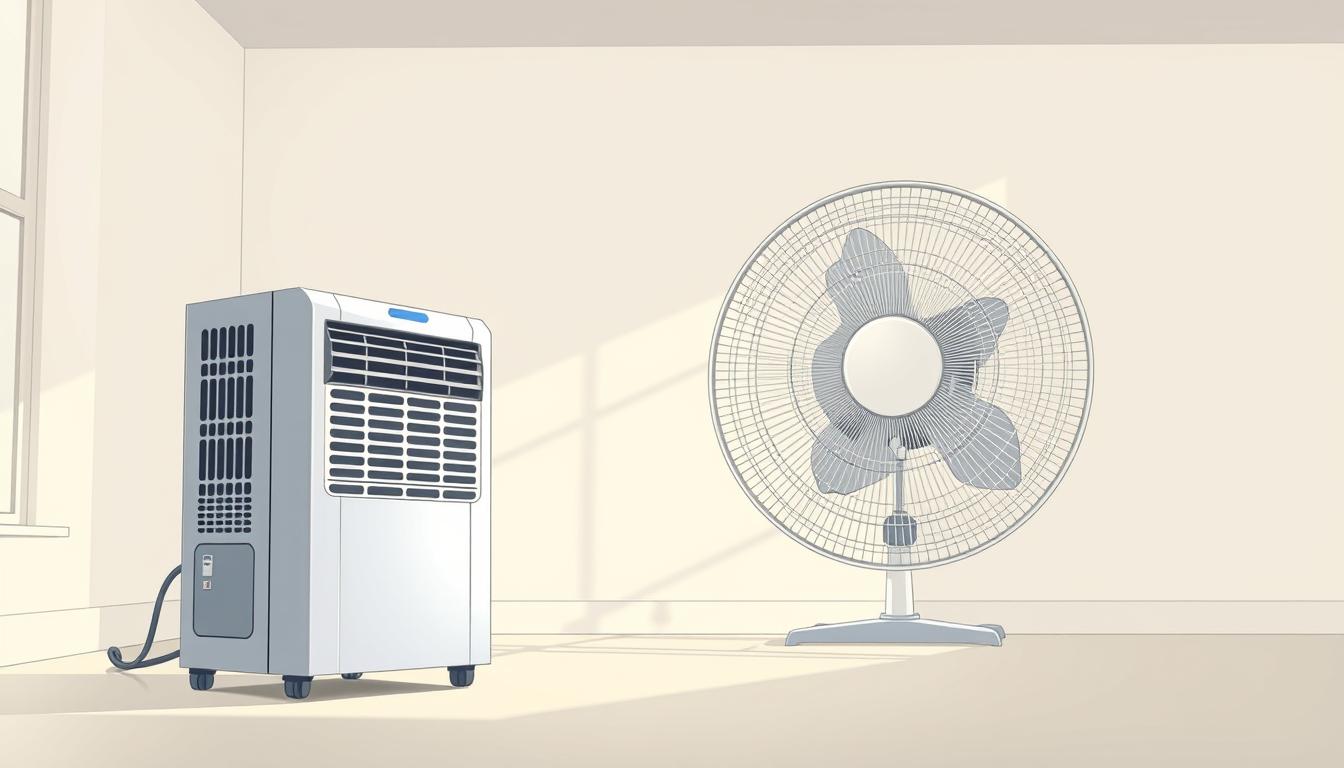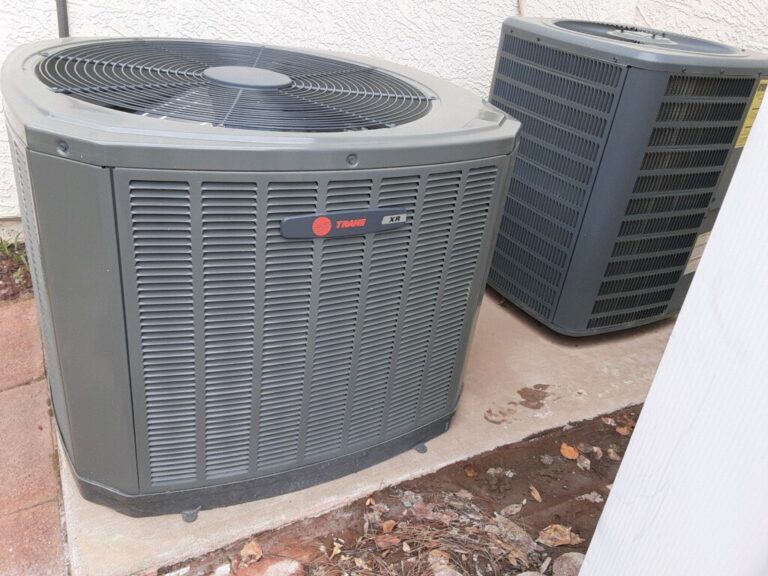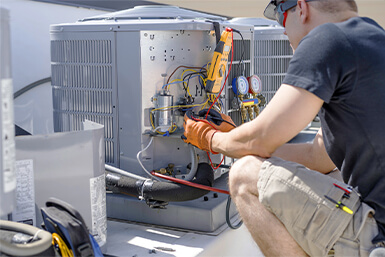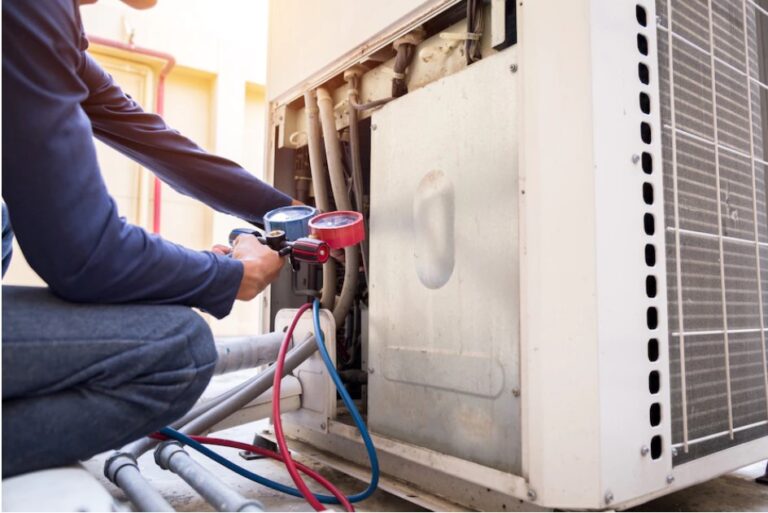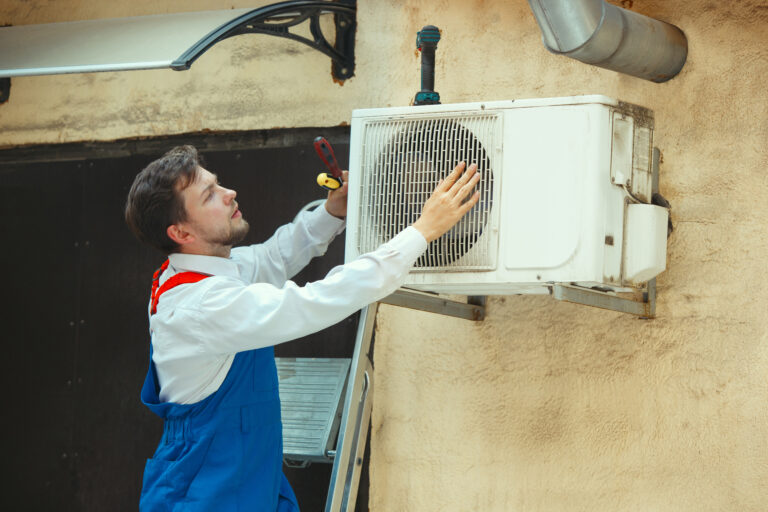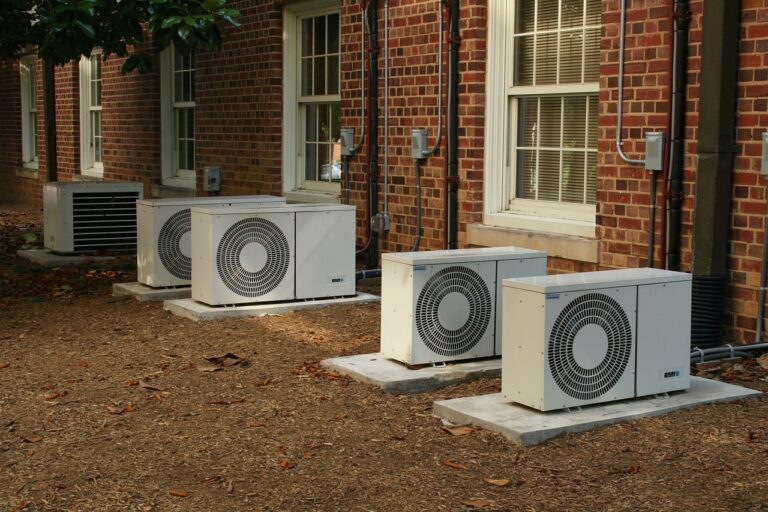Whole House Fan vs Air Conditioner: Pros, Cons & When to Use Each
Homeowners often struggle to maintain a comfortable indoor temperature without breaking the bank on energy costs. Two popular solutions are whole house fans and air conditioners, each offering unique benefits for home cooling.
The choice between these systems largely depends on factors such as climate, home design, and personal preferences regarding energy efficiency.
Understanding the advantages of each can help homeowners make informed decisions, potentially leading to significant energy savings while maintaining optimal comfort.
Key Takeaways
- Homeowners face a common dilemma in balancing indoor comfort and energy costs.
- Whole house fans and air conditioners offer different cooling approaches with distinct advantages.
- The choice between these systems depends on climate, home design, and energy efficiency goals.
- Understanding both systems can lead to significant energy savings and optimal comfort.
- The article compares both cooling methods across various factors, including efficiency and cost.
Understanding Cooling Systems for Your Home
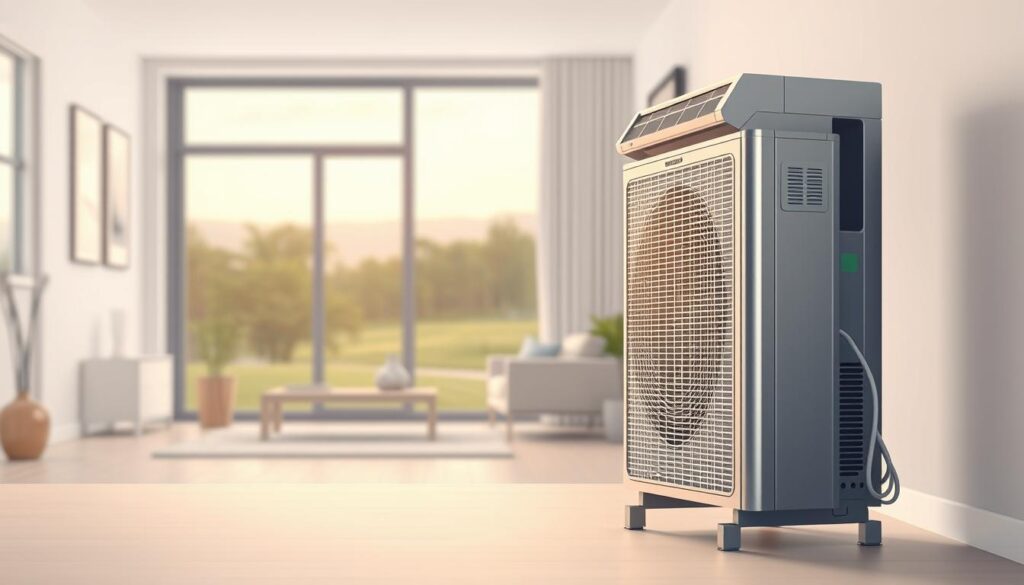
When it comes to cooling your home, understanding the different systems available is crucial. Homeowners can choose between various cooling solutions, each with its unique benefits and drawbacks.
What is a Whole House Fan?
A whole house fan is a simple, yet effective cooling solution that pulls hot air out of your home and brings cooler air in through the windows. It’s typically installed in a central hallway or ceiling and operates by drawing hot air from inside the house and exhausting it through the attic.
Key benefits of whole house fans include energy efficiency and cost-effectiveness. They are particularly useful in mild climates or during transitional weather periods when the outside temperature is cooler than the inside.
How Air Conditioning Systems Work
Air conditioning systems, on the other hand, use a more complex mechanical and chemical process to cool the air. Most air conditioners have a compressor that condenses and circulates refrigerant, changing it from gas to liquid through an outdoor unit.
The refrigerant then passes through an evaporator coil or cooling compartment, where a fan circulates indoor air across the coil to cool it. Unlike whole house fans, air conditioners cool existing indoor air rather than replacing it with outside air. Central air systems distribute the cooled air through the home’s ductwork.
| Cooling System | Primary Function | Energy Efficiency |
|---|---|---|
| Whole House Fan | Pulls hot air out, brings cooler air in | High |
| Air Conditioning System | Cools existing indoor air | Variable |
Whole House Fan vs Air Conditioner: Key Differences
Whole house fans and air conditioners serve the same purpose but differ significantly in their approach to cooling your home. Understanding these differences is crucial for homeowners to make an informed decision that suits their cooling needs.
Cooling Method Comparison
The primary difference between whole house fans and air conditioners lies in their cooling methods. A whole house fan works by pulling hot air from inside the house into the attic, where it is then vented outside. This process not only cools the house but also reduces the temperature in the attic.
On the other hand, air conditioning systems cool the air through a refrigeration cycle, directly lowering the indoor air temperature.
Energy Efficiency and Operating Costs
When it comes to energy efficiency, whole house fans are generally more energy-efficient than air conditioning systems, especially in mild climates. They consume significantly less electricity to operate, which translates to lower operating costs.
Air conditioners, however, can be more energy-intensive, particularly in hotter climates where they have to work harder to cool the home. The cost of operating an air conditioner can be substantially higher than that of a whole house fan.
Installation Requirements
The installation requirements for whole house fans and air conditioners differ significantly. Installing a whole house fan requires cutting a hole in the ceiling and ensuring there is adequate attic ventilation – typically 2-4 times the normal vent area.
For air conditioners, the installation involves setting up outdoor units, laying refrigerant lines, and potentially modifying ductwork if it’s a central air system. While some whole house fans can be installed by DIY enthusiasts, air conditioners usually require professional installation due to their complexity.
Pros and Cons of Whole House Fans
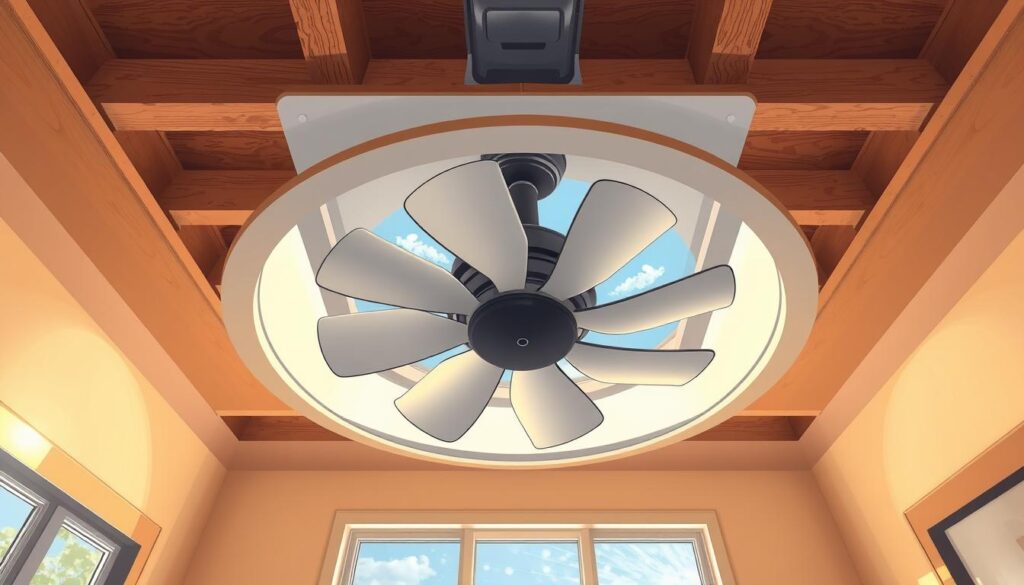
Understanding the benefits and drawbacks of whole house fans is crucial for homeowners looking to cool their homes efficiently. A whole house fan can be an excellent addition to a home’s cooling system, but it’s essential to consider both its advantages and disadvantages before making a decision.
Advantages of Whole House Fans
Whole house fans offer several benefits that make them an attractive cooling solution. Some of the key advantages include:
Energy Efficiency and Cost Savings
One of the primary benefits of whole house fans is their energy efficiency. They consume significantly less energy than air conditioning systems, leading to cost savings on utility bills. By using a whole house fan, homeowners can reduce their reliance on air conditioning, resulting in lower energy costs.
Improved Air Quality and Ventilation
Whole house fans improve air quality by ventilating the home and removing stale air. This can be particularly beneficial in homes with poor air circulation, as it helps to reduce the concentration of indoor air pollutants.
Quick Cooling Capability
Whole house fans can quickly cool a home by pulling hot air out of the living space and into the attic. This rapid cooling capability makes them an effective solution for hot summer days.
Disadvantages of Whole House Fans
While whole house fans offer several advantages, they also have some drawbacks. Some of the key disadvantages include:
Climate Limitations
Whole house fans are not suitable for all climates. In extremely hot or humid weather, they may not be effective, as they rely on pulling in cooler outside air to work efficiently. During winter months, they can also lead to heat loss if not properly insulated.
Noise Concerns
Some whole house fans can be quite loud, which may be a concern for homeowners who plan to use them during evening hours or in noise-sensitive areas.
Installation Considerations
The installation of a whole house fan requires cutting a hole in the ceiling, which can be a concern for some homeowners. Additionally, adequate attic ventilation is necessary to prevent backdrafts and ensure safe operation, particularly in homes with fuel-burning appliances.
Pros and Cons of Air Conditioners
For many homeowners, air conditioners are the go-to solution for maintaining a comfortable indoor climate. As we explore the pros and cons of these systems, it’s essential to understand their impact on our daily lives and the environment.
Advantages of Air Conditioning Systems
Air conditioning systems offer several benefits that make them a popular choice for cooling homes. One of the primary advantages is their ability to provide consistent cooling regardless of the outside temperature.
Consistent Cooling Regardless of Outside Temperature
Air conditioning ensures that your home remains cool and comfortable even during the hottest summer days. This is particularly important for people who suffer from heat-related illnesses or have pets that are sensitive to high temperatures.
Humidity Control
Modern air conditioners not only cool the air but also control humidity levels. By removing excess moisture from the air, they help prevent mold growth and reduce the risk of respiratory problems. This feature is especially beneficial in humid climates.
Closed-Window Security and Noise Reduction
With air conditioning, you can keep your windows closed, enhancing home security and reducing external noise pollution. This creates a more peaceful and secure living environment, especially in urban areas.
Disadvantages of Air Conditioning Systems
While air conditioners offer numerous benefits, they also have some significant drawbacks. Understanding these disadvantages is crucial for making an informed decision about their use.
Higher Energy Consumption and Costs
One of the main disadvantages of air conditioning systems is their high energy consumption. This not only increases your electricity bills but also contributes to carbon emissions. To mitigate this, consider exploring ways to save money on air conditioning.
Maintenance Requirements
Air conditioners require regular maintenance to ensure they operate efficiently. This includes cleaning filters, checking refrigerant levels, and inspecting the system for any damage. Neglecting these tasks can lead to reduced performance and increased energy costs.
Environmental Concerns
The environmental impact of air conditioning systems is a significant concern. They consume significant electricity, contributing to carbon emissions. Older units may use refrigerants harmful to the ozone layer, and widespread air conditioning use can contribute to urban heat islands. Moreover, air conditioners circulate air indoors rather than bringing in fresh air, which can lead to indoor air quality issues if not properly maintained.
When to Use Each Cooling System
Understanding when to use a whole house fan versus an air conditioner can significantly impact your comfort and energy bills. The choice between these two cooling systems depends on various factors, including climate, home design, and specific household needs.
Ideal Scenarios for Whole House Fans
Whole house fans are ideal for mild to moderate climates where the outdoor temperature is pleasant, especially during the evenings or nights. They are perfect for homes that can benefit from pulling in cool night air to reduce the need for air conditioning during the day. Whole house fans are energy-efficient and can significantly lower indoor temperatures when the outside air is cooler.
They work best in dry climates and are less effective in humid environments. Homeowners in regions with a significant temperature drop at night can greatly benefit from using whole house fans as a cost-effective cooling solution.
When Air Conditioning is the Better Choice
Air conditioning is the better choice during hot, humid weather when outdoor temperatures exceed indoor comfort levels. It is essential for homes in regions with consistently high temperatures and is preferable when outdoor air quality is poor due to pollution, allergens, or wildfire smoke.
Air conditioning provides more consistent cooling and is necessary for households with elderly residents, young children, or individuals with certain health conditions like severe asthma. It is also the better option for homes in high-security areas where windows must remain closed.
Making the Right Cooling Choice for Your Home
The right cooling choice for your home hinges on a balance of comfort needs, energy efficiency goals, and budget considerations. When deciding between whole house fans and air conditioners, it’s crucial to consider factors such as climate, installation costs, and operating expenses.
In many climates, whole house fans can significantly reduce the need for air conditioning by circulating fresh air outside and improving air quality. This can lead to substantial savings on energy costs. However, air conditioners are often necessary during periods of extreme heat.
Many homeowners can benefit from having both systems and using them strategically. For instance, using a whole house fan during moderate weather and switching to air conditioning during hotter periods. Proper installation and maintenance of either system are vital to maximize their effectiveness. Consulting with HVAC professionals can help determine the best cooling solution for your specific home, taking into account factors like attic insulation and ventilation.
